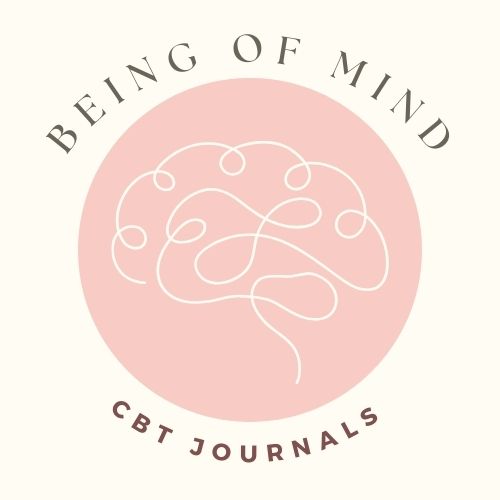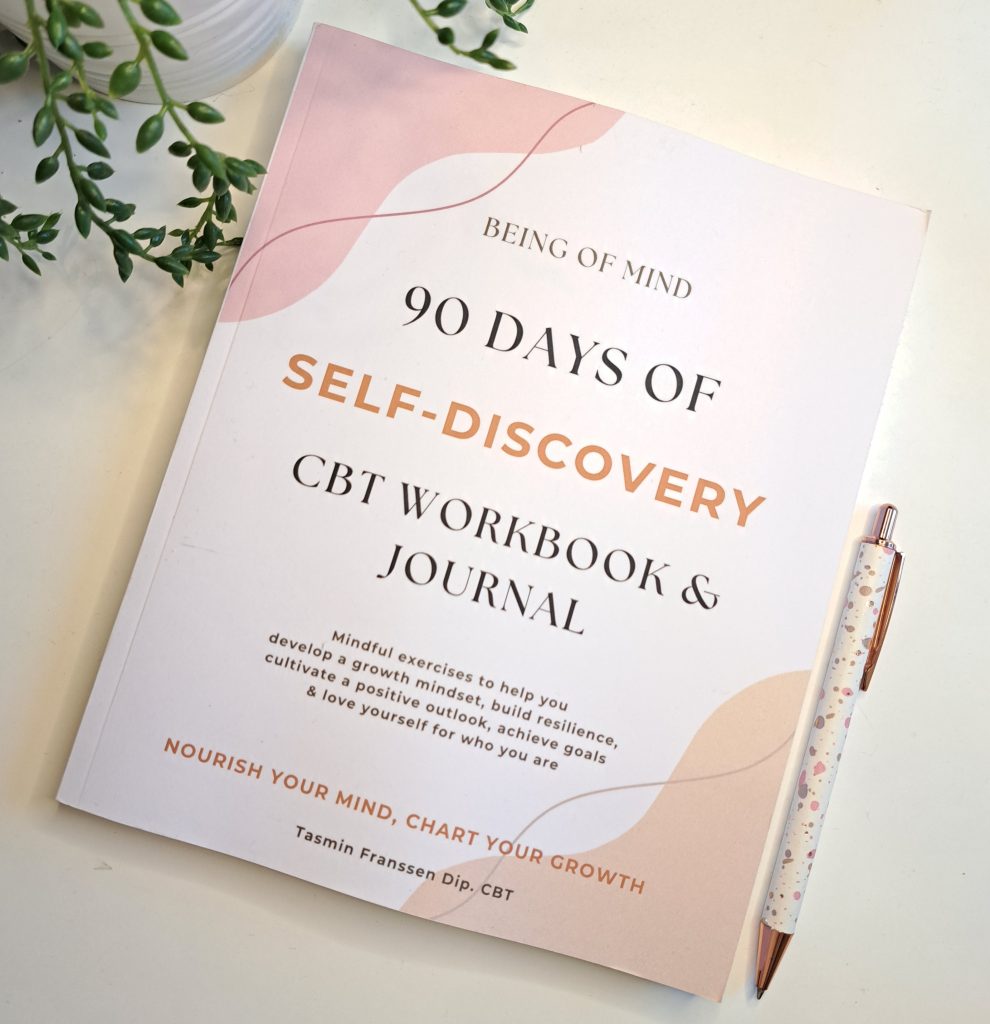Have you ever noticed how a simple “thank you” can shift your mood? Gratitude is more than just good manners; it’s a superpower that can transform your mindset, your relationships, and even your brain! The science behind gratitude reveals that practicing it regularly can rewire your brain to feel happier, more resilient, and more fulfilled. Intrigued? Let’s dive into the fascinating world of gratitude and explore how it can bring more joy to your life.
In today’s blog post, we’ll explore how practicing and expressing gratitude daily can rewire your brain and increase your happiness levels.
What Is Gratitude, Really?
Gratitude isn’t just about saying “thanks” when someone holds the door open for you (although that’s a great start!). It’s about working to develop a mindset of appreciation for the big and small blessings in your life. This could be as simple as savoring your morning coffee, feeling the warmth of the sun on your face, or appreciating a heartfelt conversation with a friend.
In a nutshell, gratitude is about recognizing and appreciating the goodness in your life, whether it comes from within or from others.
The Science of Gratitude: How It Works in Your Brain:
Gratitude doesn’t just feel good—it actually changes the way your brain works. When you practice gratitude, you’re engaging key areas of the brain associated with emotions and cognitive functions. Here’s how it works:
- Activates the Reward System: Gratitude triggers the release of dopamine, the “feel-good” neurotransmitter. This creates a positive feedback loop—the more you practice gratitude, the more dopamine your brain releases, encouraging you to keep it up.
- Boosts Serotonin Levels: Writing or thinking about things you’re grateful for activates the brainstem region that produces serotonin, another neurotransmitter that enhances mood and promotes a sense of well-being.
- Strengthens Neural Pathways: Regularly practicing gratitude strengthens neural pathways in your prefrontal cortex—the part of your brain responsible for decision-making, planning, and emotional regulation. Over time, this helps you develop a more optimistic outlook on life.
- Reduces Stress: Gratitude lowers cortisol levels, the hormone associated with stress. This means less worry and more calm in your day-to-day life.
- Increases Resilience: By focusing on what’s good, gratitude helps reframe challenges and setbacks, making it easier to bounce back.
How Gratitude Unlocks Happiness and Fulfillment
Gratitude has a ripple effect that touches every part of your life. Here’s why it’s so powerful:
- It Shifts Your Focus: When you practice gratitude, you train your brain to focus on the positive. This doesn’t mean ignoring life’s challenges, but it does mean giving more attention to what’s going right.
- It Enhances Relationships: Expressing gratitude strengthens bonds with friends, family, and colleagues. People who feel appreciated are more likely to reciprocate kindness and connection.
- It Boosts Physical Health: Studies show that gratitude can improve sleep quality, lower blood pressure, and even boost your immune system.
- It Develops a Growth Mindset: Gratitude helps you see obstacles as opportunities and fosters a sense of abundance rather than lack.

How to Start a Gratitude Practice:
You don’t need a fancy setup or hours of free time to begin a gratitude practice.
Here are some simple and fun ways to get started:

1. Keep a Gratitude Journal
Each day, write down three things you’re grateful for. These don’t have to be grand—they can be as small as enjoying a sunny day or finding a great parking spot. The key is consistency.
2. Morning Gratitude Ritual
Start your day by thinking of one thing you’re looking forward to or one thing you’re grateful for from the day before. This sets a positive tone for the day.
3. Gratitude Jar
Keep a jar where you jot down little moments of gratitude on slips of paper. At the end of the year, read through them and relive those joyful moments.
4. Share Your Gratitude
Take time to express appreciation to the people in your life. Write a thank-you note, send a heartfelt text, or simply say “I’m grateful for you” in person.
5. Gratitude Meditation
Spend a few minutes each day visualizing the things you’re grateful for. Focus on how these things make you feel and let that sense of appreciation wash over you.
Overcoming Common Challenges
If gratitude feels forced or unnatural at first, don’t worry—that’s completely normal.
Here are some tips to help:
Start Small: If it feels overwhelming, start by identifying one thing each day that you’re grateful for.
Be Specific: Instead of saying, “I’m grateful for my family,” try, “I’m grateful for the way my partner made me laugh today.”
Make It a Habit: Link your gratitude practice to an existing habit, like brushing your teeth or having your morning coffee.
Take Your Gratitude Practice to the Next Level
Ready to deepen your gratitude journey? My 90 Days of Self-Discovery Journal is designed to help you uncover what truly lights you up. With guided prompts, reflection pages, and space to track your progress, this journal makes it easy to build a gratitude practice that sticks.
Reflect on your intentions and progress.
Explore new areas of self-discovery.
Cultivate mindfulness and gratitude.
Stay motivated and inspired on your journey.
With guided pages for reflection, gratitude, and personal growth, this journal is the perfect tool for creating a life that feels balanced, meaningful, and uniquely yours.
https://beingofmind.com/product/90-days-of-self-discovery-journal/
Final Thoughts: Gratitude as a Lifestyle
Gratitude isn’t just a fleeting emotion; it’s a way of life. By making it a daily practice, you’re not only boosting your happiness but also creating a ripple effect of positivity in your relationships, health, and overall outlook on life.
So, why not start today? Take a moment right now to think of one thing you’re grateful for. Feel that sense of appreciation and let it brighten your day. The power of gratitude is in your hands—use it to create a happier, healthier, and more fulfilling life.
What are you grateful for today?
Head on over to my Instagram page and follow for more tips and tricks to help you live your best life!
Tasmin
Your Journaling Coach
Follow me on Instagram and Facebook for mental health & wellbeing tips and tricks.




